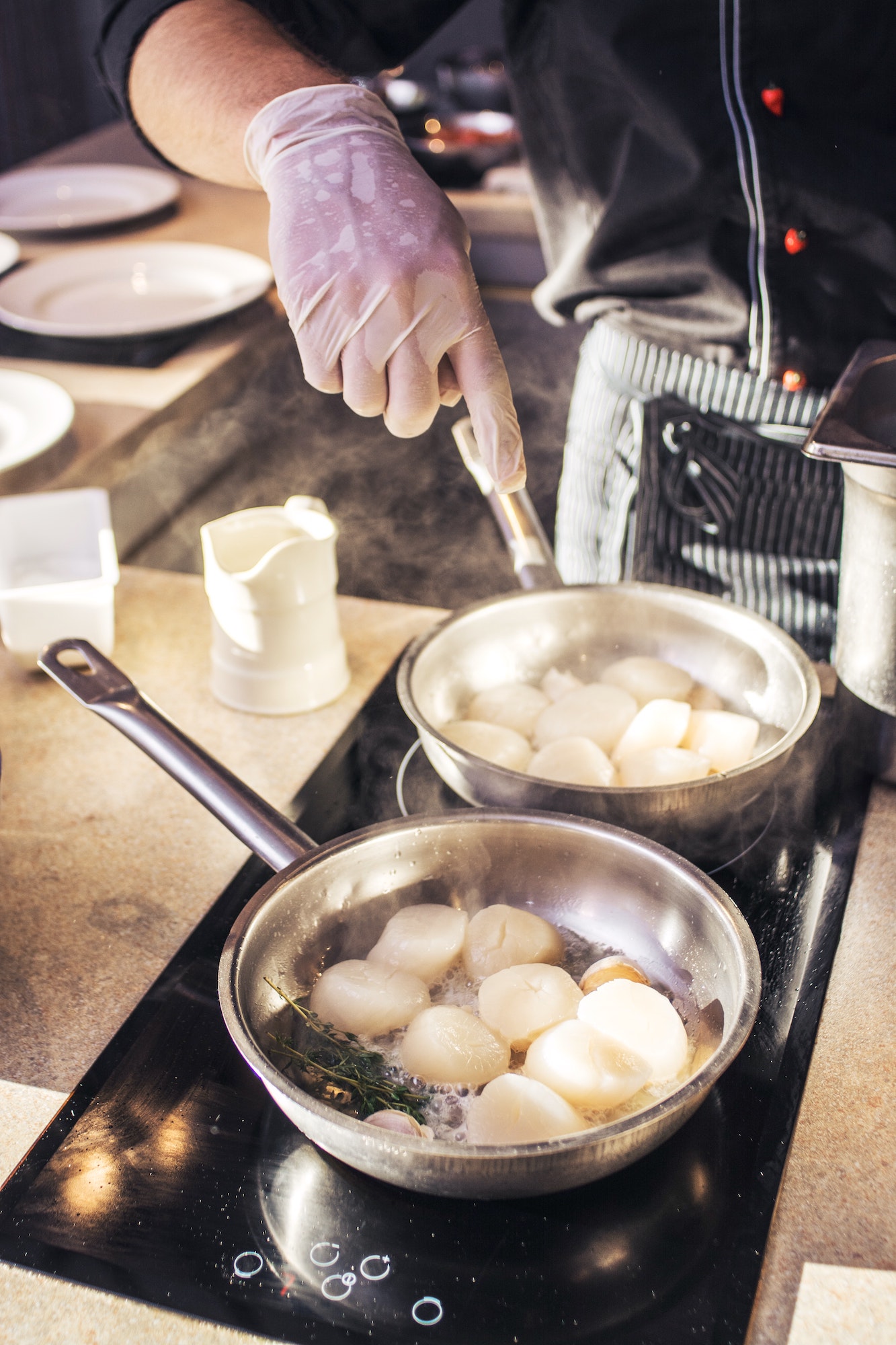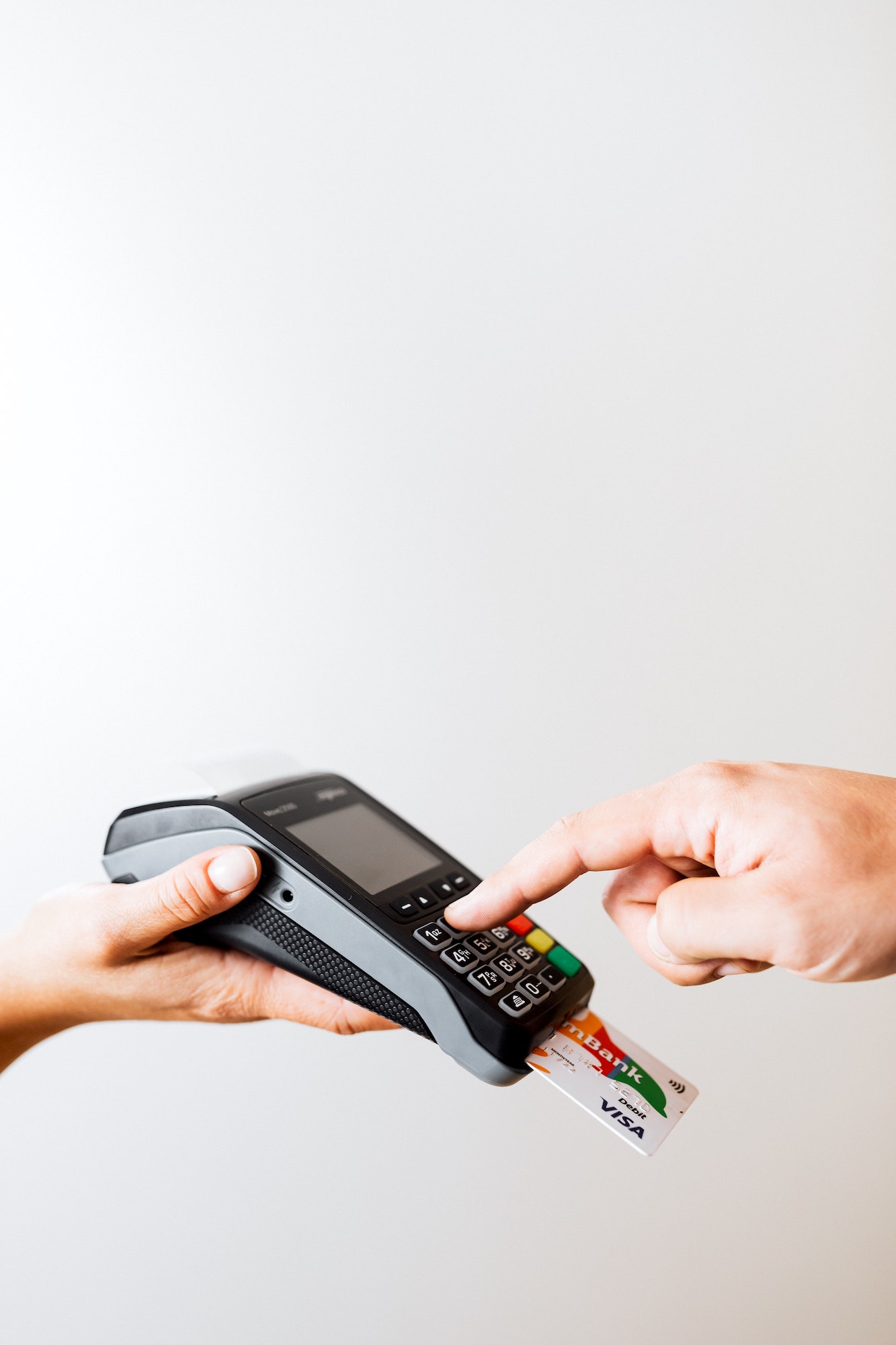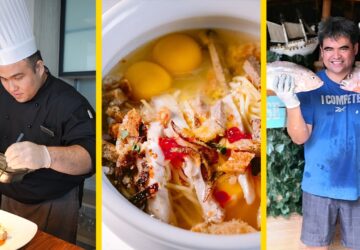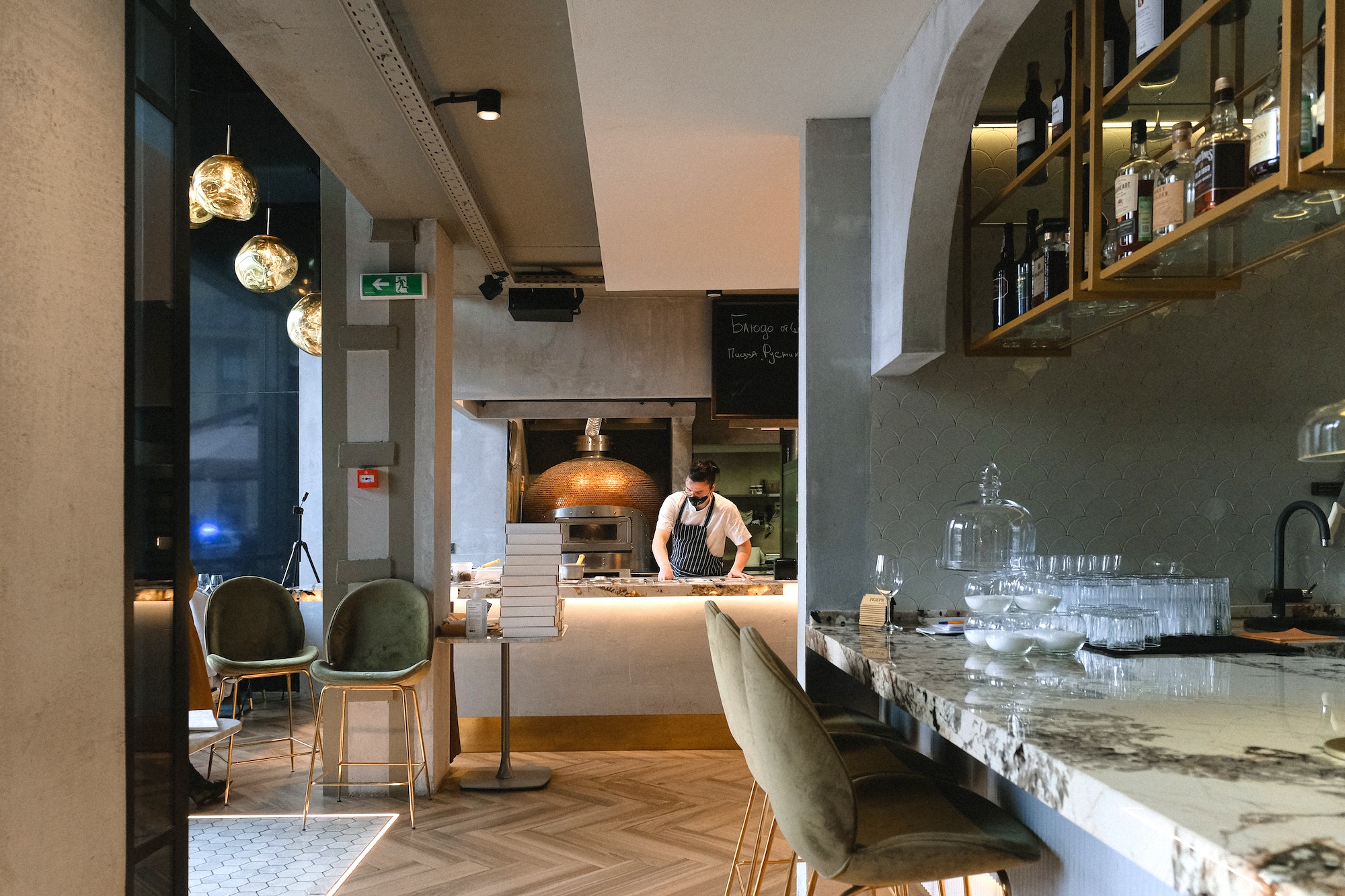Sixteen years, eight cities, four countries, two continents, and running operations that generate up to US$45 million annually—what these figures add up to are many experiences and stories to tell, some amazingly real and some unbelievably surreal.
With celebrity chefs and a vigorous social media putting the service industry in the spotlight, it is up to every individual what to make of these industry tales. Some of them are only those in the industry will understand but hopefully, more people would learn from these stories and use the knowledge gained to their advantage.
These stories don’t have an agenda. They do not intend to hurt anyone and neither are they meant to teach people how to work the system. Rather, sharing these is intended to help protect and elevate the business of service.
The case of the hidden scallops
Dave owns a casual dining restaurant that has grown to two locations. His restaurants seemed to be doing well, with busy lunch and dinner services, but after reviewing the numbers, he realized that while revenue was good, the bottom line was not. It just didn’t make sense.
To get to the bottom of it, we analyzed his situation. We looked into the food cost of the business and found a problem: Dave trusts his chef of eight years so much that the latter was already taking advantage of him. The chef claimed that the rising food cost was due to the price increase of suppliers, which we then checked by studying the prices from previous years. They were fairly stable: some item costs have gone up, some have gone down. In fact, as his business grew, Dave’s buying power became even stronger. So why was the food cost out of whack?

Upon investigation of the purchase orders, we found ingredients that were not needed by the menu. The restaurant was ordering 20 to 35 kilos of scallops per month, but Dave doesn’t sell a dish with the ingredient. The supplier was labeling them as seafood on the invoice then, in pencil, itemizing them as scallops, and four invoices show where the chef had forgotten to make erasures.
After probing further, we found that the chef’s wife owns a catering business, which he was supplying by ordering through Dave’s restaurant. The suppliers would then make the usual deliveries to the restaurant, always received by the chef.
Segregate your food items into categories and have a tracking of trends. Ensure that you know the average cost of your ingredients, and that all items coming in and going out are checked by a third party, like security personnel, a manager, or a supervisor.
Speaking to the other chefs, we discovered that on certain deliveries, only that one chef was allowed to receive stocks as he claimed to need to speak with the suppliers personally (which should have sounded alarm bells). The chef and his wife had made sure that the catering business menu would use most of the same ingredients that the restaurant does but their downfall were the telltale scallops.
It was estimated that the chef stole over US$100,000 in stock (chicken, beef, vegetables, etc.) from Dave’s company over a two-year period. This equates to about US$4,000 a month for 24 months, resulting in a 3.5 percent increase in food cost.
Industry notes
- Rotate the people who countersign the receipt of goods. The chef should not be the only person receiving the stocks; there should always be two people from different departments accepting deliveries.
- A business must know its food cost and must have standard recipes that are calculated and kept up-to-date. Ensure that proper accounting procedures are in place to categorize your expenses.
- Segregate your food items into categories and have a tracking of trends. Ensure that you know the average cost of your ingredients and that all items coming in and going out are checked by a third party like security personnel, a manager or a supervisor.
The case of the discount button
An establishment faced a couple of slow months. In panic, it decided to offer a 15 percent discount to anyone who could prove that they have liked the restaurant’s Facebook page or availed of their loyalty card. The number of diners then went up by about eight percent compared to previous months, so the management thought the promo was a success.
When an analysis of the overall promotion was conducted, however, they discovered something very strange: Revenues actually went down. How could this be?

First, the restaurant diluted its takings by giving customers 15 percent back in cash rather than rewarding them with gifts or prizes that add value. Second, and most important, they did not implement a strict procedure on the promotion operations, which allowed employees to take advantage of them.
Learn the difference between added value and discount. Think about it: The cost of coffee to a business may be P30, but its value to the customer is P150. Wouldn’t it be better to reward the customer by giving them something that is valued at P150 but only costs you P30?
Which is exactly what one smart cashier did when she saw an opportunity to get a good bonus for the month: She recorded the loyalty card numbers of customers who had dined in the outlet, and each time someone paid and left without requiring a receipt or asking for change, she would apply the 15 percent discount to their bill and pocket the savings.
She thought this could go on throughout the whole promotion, but her downfall came when one of the card numbers she had recorded turned out to belong to a friend of the manager, who stumbled across the receipt and recognized it. When the manager called the friend to check on his dining satisfaction, it turned out that he hadn’t eaten in the restaurant for a month. Unfortunately, there was not enough evidence to catch and fire the cashier.
Industry notes
- All promotions must have strict procedures to eliminate any opportunity of abuse.
- All membership cards must be swiped through the POS terminal for both privacy and tracking/analytics purposes. If you do not have a POS terminal, then you should not implement the use of membership cards in your establishment in the first place. Otherwise, procedure loopholes would be too tempting to miss and, in the long run, will cause you more headache than benefits.
- Do not give away cash. There are better ways to reward customers than putting a discount on your products and services. Besides, all this does is make your people work harder for little financial benefit to the company. If you use discounts to attract people, you need to ask yourself some hard questions fast.
- Learn the difference between added value and discount. Think about it: The cost of coffee to a business may be P30, but its value to the customer is P150. Wouldn’t it be better to reward the customer by giving them something that is valued at P150 but only costs you P30?
Originally published in F&B Report Vol. 13 Issue 1





